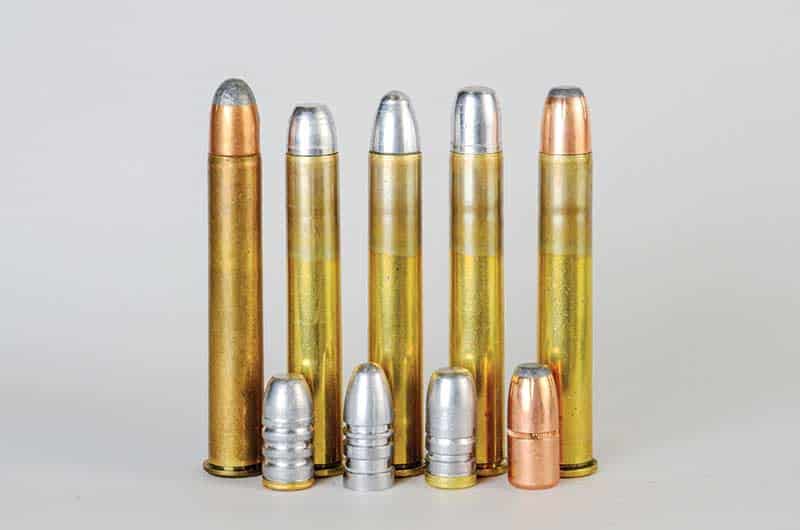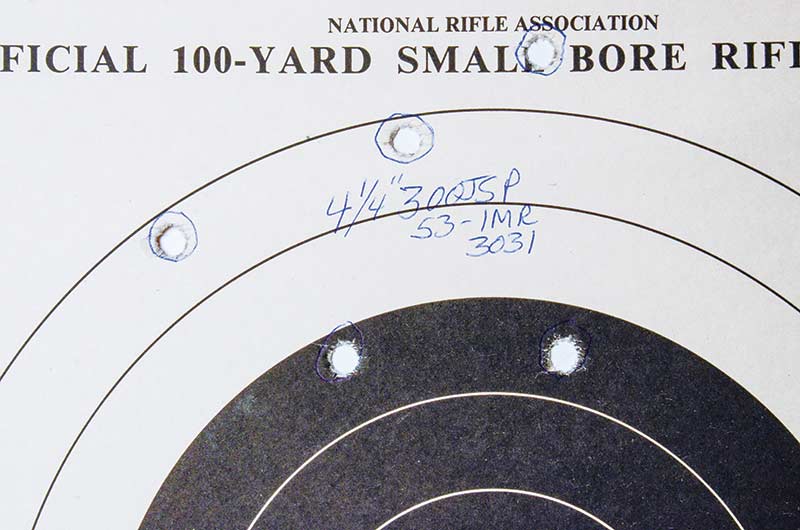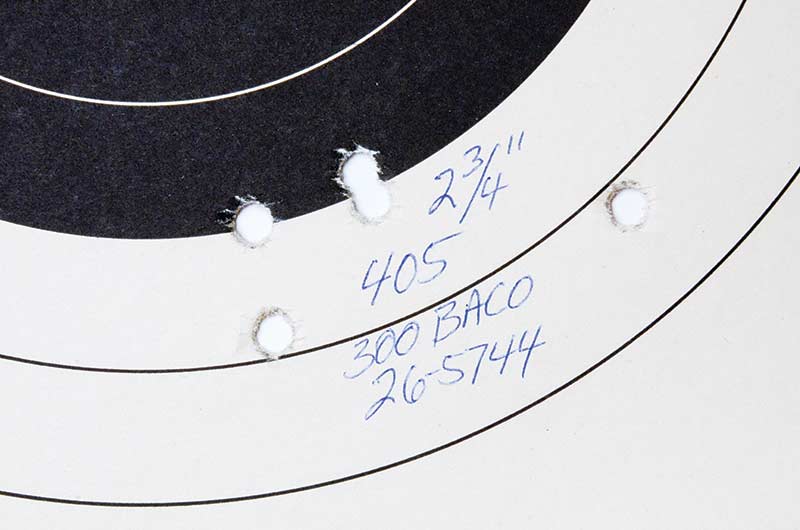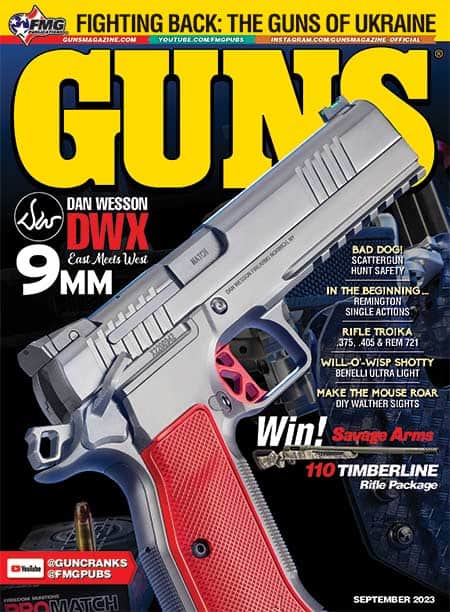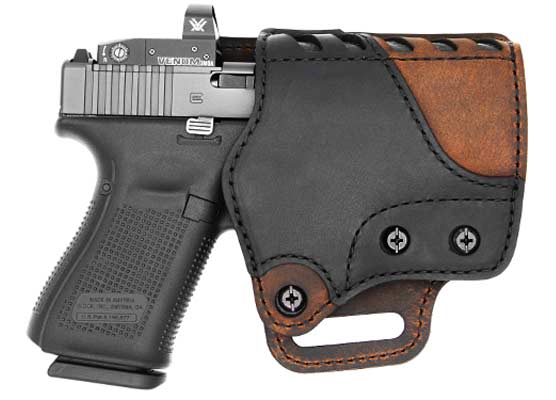.405 Winchester Model 1895
Not For The Faint-Hearted!
In my most humble opinion, the following is a conundrum about Winchester’s Model 1895. Many people say they would only want one if chambered for the legendary .405 Winchester. Fewer are the people who want to shoot a .405 very often after obtaining one.
The Answer Is …
Why? Again, in my opinion, it’s because they kick like a mule! I know this for I have owned a .405 Winchester Model ’95 for over 30 years. From benchrest it’s a beast with factory ammo.
A good friend called me one day saying he had bought a vintage Winchester ’95/405. I asked what buttplate it had. He replied it was Winchester’s standard steel crescent type. Next, he asked how to obtain some factory loads with which to “give it a try.” I directed him to Hornady which had revived factory .405 Winchester ammunition, but I told him not to stock up too much as he would be selling that rifle soon. I could tell he thought that was ridiculous. A short while later he called wondering if I was in the market for a good .405 Winchester. Why was he selling? Because it “kicked like a mule.”
My introduction to .405 Winchester as a cartridge came many years back when someone handed me a rifle and said, “You want to shoot this Remington .405?” According to my later research it was a Remington-Lee with the company’s horrid rounded buttplate. Not overly macho even in my youth, I handed it back to its grinning owner after firing only three rounds. To the best of my knowledge, Remington was the only American commercial manufacturer of .405 Winchester rifles aside from Winchester Repeating Arms with its Model 1895 and Single Shot (aka Model 1885) “High Wall.”
A Modern Mule
We must not forget about the Browning/Winchester .405s made by Miroku in Japan. Here’s an interesting and humorous insider story about them. After the company’s success with the ’95 in .30-40 Krag and .30-06, a third special run was inevitable. Some bright light there in Utah with authority but scanty gun knowledge decreed their next chambering would be .270 Winchester.
The company’s gun-knowledgeable folks said, “Nay! Nay! No one wants a ’95 chambering a cartridge it was not offered for during its history.” The nay-sayers were overruled. When ’95 .270 Winchesters had dismal sales, instead of the rest languishing in a warehouse, they were bundled up and shipped back to Miroku. There the .270 barrels were replaced with .405 Winchester barrels. When the revised ’95s reached our shores, they sold like hotcakes.
Specs
Winchester devised their .405 and introduced it in 1904. It uses a straight case 2.58″ long with bullets of 0.411″. Nominal factory load velocity was 2,200 fps. The .405 case is almost the same as the old .40-70 Sharps Straight from the mid-1870s which had a 2.50″ case length with nominal 0.403″ bullets. It’s obvious Winchester made its .405 case a mite longer and bullets much larger in diameter to preclude someone getting them chambered in Sharps, Remington or Ballard single shots.
From the very beginning I was disappointed in my .405’s 100-yard groups. With my own handloads or factory loads, most five shots clustered into 4″ or more. This is despite the fine Lyman No. 38 peep sight my ’95 wears. Originally, I assumed blame, thinking I was probably flinching due to heavy recoil. No matter how hard I concentrated on making a decent trigger pull, groups were never tight — then I got my hands on one of the Japanese-made ’95 .405s.
Even with its open sights, the rifle gave groups in the 2″ to 3″ range. Cast bullets measuring 0.411″ were tried in both rifles. They shot decently in the Miroku but still nothing improved with my .405. In fact, some of those cast bullets keyholed (tumbled), a sure sign of undersize bullets.
That spurred me into slugging the barrel groove diameter. The first slug came out at 0.413″. I tried again. This slug was 0.413″. One more time — the third slug was 0.413″. No wonder my rifle delivered only mediocre groups; jacketed bullets were 0.002″ undersize. So in my infinite wisdom, I called my friends over at Buffalo Arms who make custom bullet molds. My request was for a 300/310-grain flat nose bullet dropping from the mold with a minimum diameter of 0.413″. Those bullets were loaded over various charges of 5744 and instantly, good groups began happening. I settled on a charge of 26 grains for a velocity of about 1,400 fps that makes for very comfortable shooting. I finally began to like my .405.

